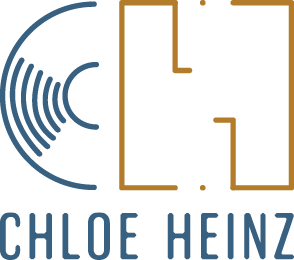About the project:
Environmental data provider NatureServe has partnered with the Cal Poly Digital Transformation Hub in an ongoing solution-building effort to streamline data permission management. The current system requires NatureServe to manually adjust permission preferences at the request of their data owners, which is really time consuming. The proposed solution, called NatureServe Explore Pro, is a portal where dataset owners (ex. the California National Heritage Program) can be in control of their own data permissions. NatureServe came to the DxHub with an open mind, which granted my solutions architect and I a lot of creative freedom and trial and error. My design journey with NatureServe has brought brainstormed concepts to visual life, raised questions, and revealed issues with each iteration. I've learned a tremendous amount about the value of going back to the drawing board and producing low fidelity mockups every few weeks, which is a great method for testing concepts and learning about the user's ideal experience. The following Figma iterations and reflections detail the solution-building process to date.
Iteration 1
The first iteration demonstrated the concept of uploading a dataset and customizing its permissions by tabbed fields categorized by the type of user, the type of species, and geographic boundaries. From the design review with NatureServe for this iteration, it was discerned that there are two clear paths for the data owners, which includes both uploading new datasets and editing permissions for datasets already existing in NatureServe's database.
Iteration 2
I focused on defining the workflow for existing aggregated datasets in order to nail the framework that the upload path would be based on. In the aggregated dataset portal, NatureServe's default permissions are all laid out by category and can be edited with the ability to revert back to default permissions if needed. The first few frames sparked discussion that lasted the majority of our design review meeting time, which proved to be very informative without the need for demo-ing the rest of my design. NatureServe proposed a tiered framework they were toying with, which would allow data owners to define degrees of data access by tiers and then assign those tiers to user groups.
Iteration 3
In the third iteration I applied a tiered framework which uses NatureServe's default data granularity mile-markers. I played with the concept of having a tier's selected user groups be automatically inherited by the tiers below it. The advanced permissions section houses the permissions categories which aren't recommended to be adjusted. The biggest challenge thus far in designing was the lack of a universal use case. By designing with a focus on the inclusion of edge case scenarios, the user experience for the typical 90% of users was being diluted. After this design review, NatureServe agreed to draft some user stories to better our understanding of common cases where a data provider would want to censor data from certain user groups.
ITERATION 4
NatureServe outlined 6 different "camps" which represent all the possible use case scenarios that their data providers might fall into. In order to digest how these camps would fit into a framework that guides users through permissions path selection. The framework begins with two options, which adheres to Hick's law by making it easier to process the information and be guided toward a decision. This iteration represents the prompts that guide the user toward a permissions that aligns with one of the defined camps. Below are the list of camps and the permissions framework that I drafted.
ITERATION 5
The design review meeting for iteration 4 was very productive. NatureServe made some corrections to the permissions framework, which raised some good conversation that redirected the focus of the project back to NatureServe's business goals. In the past weeks we had gotten into some wormholes that narrowed in on every possible use case, but what we really needed was to focus on the big picture of how NatureServe envisioned the ideal process apart from the current process. We decided to get away from defining small pieces of the permissions process. For iteration 5, I designed a higher fidelity set of frames which incorporated all the small pieces into one hypothetical portal for California's national heritage program as the data provider. This allowed NatureServe to see the whole picture, and after our design review meeting there were no unanswered questions to dive deeper on. This was the final iteration that NatureServe deemed ready to share with focus groups.
